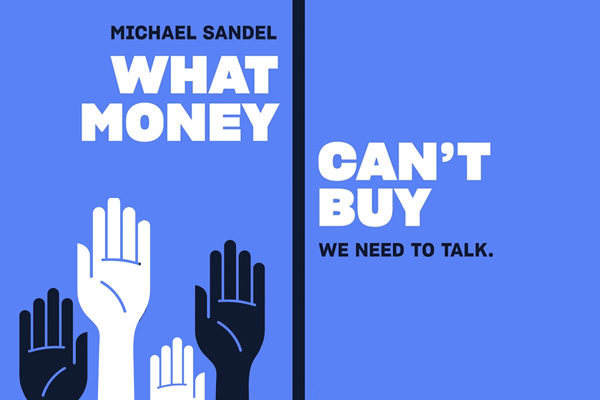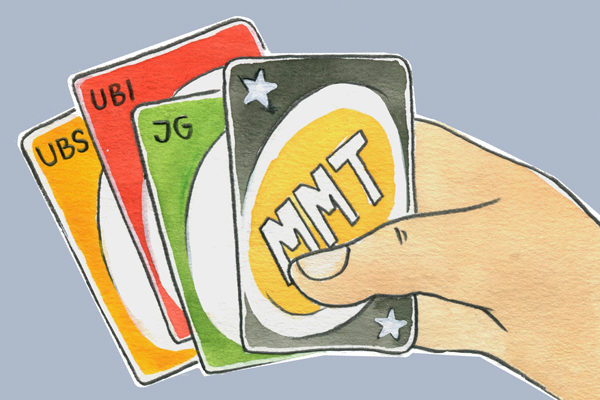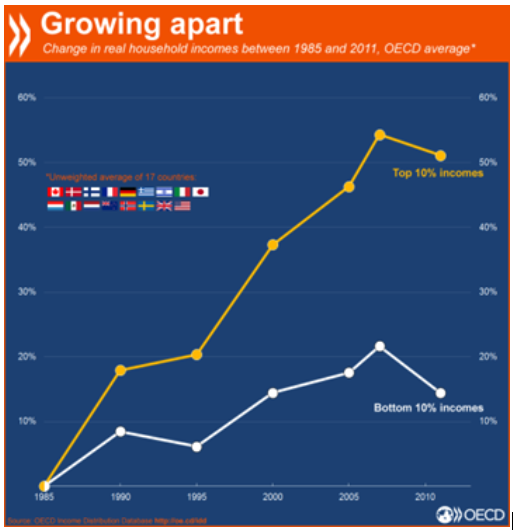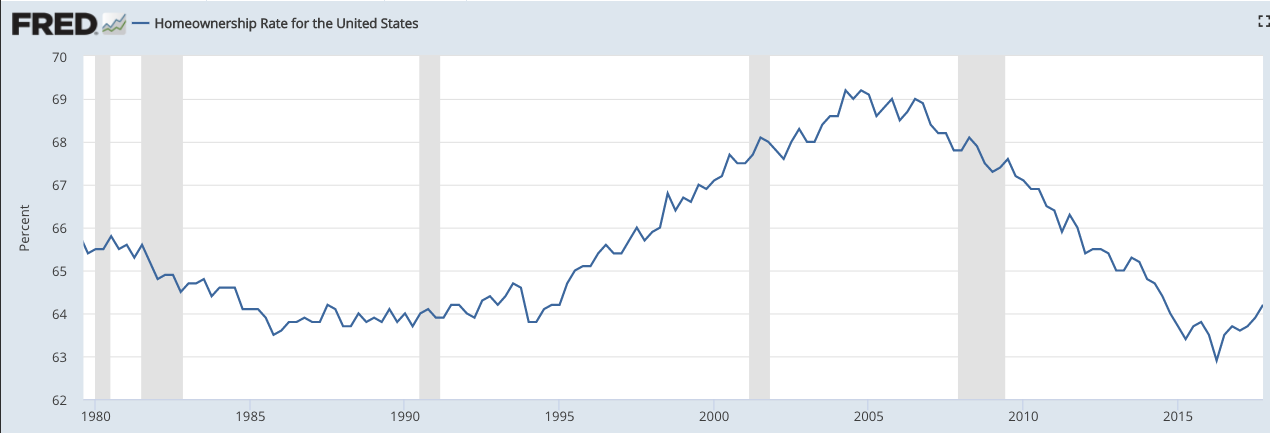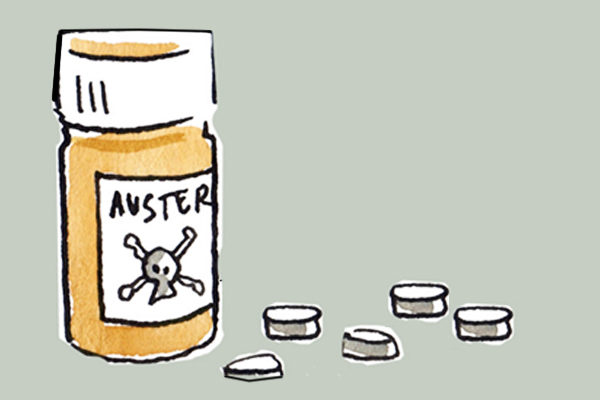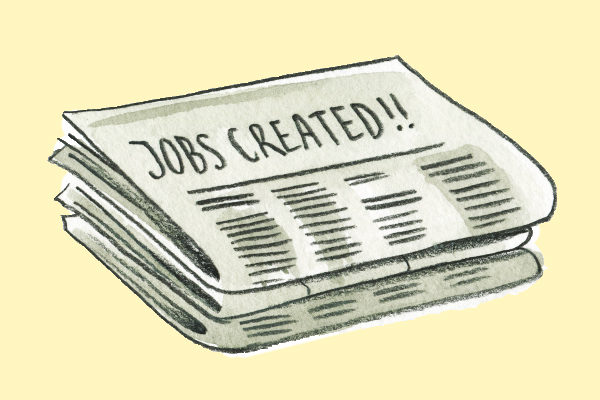How we interpret the “ultimatum game” suggests that it is. By Alexander Beunder.
It’s always an illuminating experience to discuss economic literature with non-economists, as these conversations often reveal the many blind spots of economists. Considering myself to be quite ‘pluralist’ and interdisciplinary in my economic thinking, a true adherent of the global Rethinking Economics movement (and somewhat involved in the Dutch branch), recent encounters with non-economists revealed I’m perhaps still more ‘orthodox’ than I thought.
These encounters revealed how one of my favorite fields – behavioral economics, a flourishing interdisciplinary field known for attacking the orthodox idea that people behave selfishly and rationally (as a homo economicus) – might still be too devoted to this idea they’re supposedly attacking. They revealed how standard interpretations of the ‘ultimatum game’ – a behavioral experiment which famously shows that people do not behave like homo economicus – might still be too tainted by the orthodox framework. Though behavioral economists have done a decent job in finding the anomalies in human behavior which seem to contradict economic rationality, they continue to, mistakenly, ‘rationalize’ behavior which can be rationalized.
As if the burden of proof is on them: people are rational until proven irrational.
They’re not.
Ultimatum Game: A Short Recap
Standard economics assumes people behave rationally and selfishly to maximize their individual welfare – as a homo economicus. Whether this is always true has been questioned even by the ‘founder’ of economics (see Adam Smith’s Theory of the Moral Sentiments from 1759) and, in recent decades, disproven convincingly by behavioral economists, conducting actual laboratory experiments with actual people.
A well-known experiment (even among cartoonists) undermining the notion of ‘economic rationality’ is the ultimatum game. For those unfamiliar with the game (others may skim), a short recap:
There are two players in the lab. The ‘Allocator’ is given a bag of money (say, 100 dollar). The Recipient’ starts with nothing. Then, the Allocator must offer the Recipient a portion of this bag (between 0 and 100). If the Recipient accepts, he/she will simply receive the accepted amount and the Allocator will keep the rest. If the Recipient rejects, both players receive zero! In the simple version, the game is played only once.
The results greatly contradicted the orthodox assumption of rationality. Under this assumption, the Recipient would never reject an amount higher than zero (even a penny) because by rejecting the individual payoff (the only thing homo economicus cares about) would be reduced to zero. However, real people generally do reject positive offers, especially relatively low ones. “The majority of recipients reject offers lower or equal to 20% of the endowment”, according to a meta-study of Tisserand, Le Gard and Le Gallo (2015).
The standard interpretation of this kind of seemingly ‘irrational’ behavior is that real people, unlike homo economicus, also care about values like, in this case, fairness. “The decline of an offer of .1c says, “I would rather sacrifice .1c than accept what I consider to be an unfair allocation of the stake”, economics professor Richard H. Thaler concluded in 1988. In economic parlance: “When a Recipient declines a positive offer, he signals that his utility function has non-monetary arguments”. (This ‘inequality aversion’ is also present in monkeys by the way).
And are the Allocators acting like homo economicus? That’s somewhat more complex. “The majority of proposers share equally, and offer 40% of their endowment on average”, say Tisserand e.a. This seems generous but can be ‘rationalized’; their main motive might be to avoid rejection (reducing the Allocator’s payoff to zero). However, results from a different game suggest there are also some non-monetary motives at play. The ‘dictator game’, developed by Daniel Kahneman, is the ultimatum game without the veto-power of the Recipient; the almighty Allocator can now offer zero without risking rejection and losing everything. However, Allocators keep offering positive amounts – between 20%-30% of the bag, according to Tisserand e.a. This can not be rationalized as homo economicus would, as a dictator, offer zero.
What’s Possibly Wrong With This Interpretation?
In recent decades, behavioral economics succeeded in demonstrating numerous ‘anomalies’ in a great variety of games; human decisions that can not be ‘rationalized’ and prove that people are no homo economicus but more complex beings. That is the great merit of the field.
Still, behavioral economists mistakenly observe a homo economicus when there’s no clear evidence for its existence. How can that be?
For example, when a Recipient accepts one penny from a bag of 100 dollar in the ultimatum game. This decision seems entirely rational and selfish and is labelled as such in the literature. Only a true homo economicus would accept one penny over zero pennies, ignoring the great unfairness of being offered only 0,01 percent of the bag of money (100 dollar).
I never doubted this standard interpretation, until I asked a non-economist friend what she would do if she was offered a penny in the ultimatum game. “I would accept”, she replied decisively. It surprised me as she’s normally very ‘progressive’ in her opinions – someone who cares a lot about ‘fairness’ – but she answered like a homo economicus. “Wouldn’t you think it’s unfair?”, I asked. “But if I reject the other one would also receive nothing, right? That’s a waste!”
So she’s accepting a low offer, like a homo economicus would do, but primarily because it would make the other person better off. Acting as a homo economicus because of her altruism. (One might even say she’s being extremely altruistic, as she’s being kind to someone who’s extremely unfair to her).
Wondering whether this was just a radical outlier to be ignored safely, I asked two other people (who had not heard each other’s answers) the same question and received exactly the same answers three times in a row!
It was surprising because it contradicted the standard interpretation, but it was perhaps even more surprising that I was surprised. Why did I not think of the possibility that a Recipient might accept a penny because of altruism instead of egoism myself? I had read at least a dozen of papers in which the ultimatum game was central or described elaborately. How come I had not thought of this possibility, which could have been ‘discovered’ by just using common sense?
Part of the reason must be that, in general, the literature on the ultimatum game doesn’t seem to question the rationality of the Recipient (but if you know of literature which does, do send!). It seems that even behavioral economics has its limits; it limits itself to ‘irrationalizing’ those actions that cannot be rationalized. As the decision to accept a penny can be ‘rationalized’ and explained within the orthodox paradigm, it is rationalized.
Behavioral economists ask: “Will subjects behave optimally? And if not, why … ” (Güth, Schmittberger and Schwarze (1983) in the first paper on the ultimatum game). Only when subjects do not behave optimally will they search for alternative, unorthodox explanations of human behavior. Behavioral economists focus on the, in the words of Thaler (1988), “anomalies” which are “difficult to “rationalize” or for which “implausible assumptions are necessary to explain it within the paradigm”.
There seems to be a tendency to assume rationality until the opposite is proven, or until the “anomaly” is found which cannot be rationalized. It is as if behavioral economists accept that the burden of proof is on them: humans are rational until proven irrational.
Of course, new experiments might reveal that human decisions which were previously ‘rationalized’ are actually completely or partially irrational (note the previously mentioned findings from the dictator game). However, this only highlights that the point of departure is economic rationality (rational until proven irrational).
This is problematic, as there is no convincing evidence for the idea that economic rationality is the ‘standard’ from which humans occasionally deviate. So why does behavioral economics start from a flawed foundation? Why is it still too devoted to the idea of the homo economicus, even though it has a reputation of aggressively undermining this concept? And how does this compromise the field?
A Symbiotic Relationship with Standard Economics
In its defense, there is an obvious explanation. Behavioral economics is still ‘in a relationship’ with orthodox economics and, in a relationship, one makes compromises. As Wolfgang Pesendorfer (2006) concludes in an evaluation of the field: “Behavioral economics remains a discipline that is organized around the failures of standard economics” and has a “symbiotic relationship with standard economics” which “works well as long as small changes to standard assumptions are made”.
We all know how stubborn the other side in this relationship is: standard economics will always ‘rationalize’ behavior wherever it can and will only recognize ‘irrationality’ when there is clear and convincing evidence of it. Understandably, behavioral economics devoted itself to finding this evidence – the “anomalies”, in the words of Thaler (1988), which are “difficult to “rationalize”. And surely, it has done an impressive job in finding them.
However, accepting this burden of proof remains problematic, for several reasons. Firstly, it will lead to false positives; ‘rationalizing’ behavior where rationality might, in reality, be absent. What’s more, in doing this, the field will repeatedly lend credence to the flawed concept of the homo economicus. Secondly, it will lead to false negatives; failing to observe ‘irrationality’ (like altruism) when clear and convincing evidence of it is lacking, or perhaps even impossible to produce, thereby ignoring the complexity of human motives. (What’s more, “that’s mean!”, the first person from my sample replied when I told her that her decision to accept a penny is normally labeled rational and selfish. Of course, no one likes to be labeled selfish when they feel they’re being generous.)
This article mentions only one example of a false positive/false negative, but we might discover many more once we rid ourselves of the orthodox idea that economic ‘rationality’ is the standard from which humans occasionally deviate. For example, when you’re buying a cup of coffee, which can be completely ‘rationalized’. But who knows? Perhaps you actually dislike coffee but wish to support the owner of the bar who is also your friend.
All of the above is not meant to downplay the achievements of behavioral economics. Neither to deny that economic rationality exists to a certain extent in certain situations. It is simply to argue that one shouldn’t label behavior rational and selfish without any convincing evidence for it, and behavioral economists might have done so too often.
It is to argue that behavioral economics should not let its “symbiotic relationship” with standard economics limit its own ambitions. This relationship, as Pesendorfer (2006) says, “works well as long as small changes to standard assumptions are made”. We should not fear bigger changes.
____________________________________
REFERENCES
Güth, Werner, Rolf Schnittberger, and Bernd Schwarze (1982). “An Experimental Analysis of Ultimatum Bargaining.” Journal of Economic Behavior and Organization. 3, 367-88.
Pesendorfer, Wolfgang (2006). “Behavioral Economics Comes of Age: A Review Essay on Advances in Behavioral Economics.” Journal of Economic Literature. 44(3): 712–721.
Thaler, R.H. (1988). “Anomalies; The ultimatum game.” Journal of Economic Perspectives. 2, 195–206.
Tisserand J. C., Cochard F., Le Gallo J. (2015). “Altruistic or Strategic Considerations: A Meta-Analysis on the Ultimatum and Dictator Games”. Besançon: University in Besançon.
About the Author: Alexander Beunder is an independent journalist, economics tutor at the University of Amsterdam (the Netherlands) and previously involved in the Dutch branch of Rethinking Economics.

